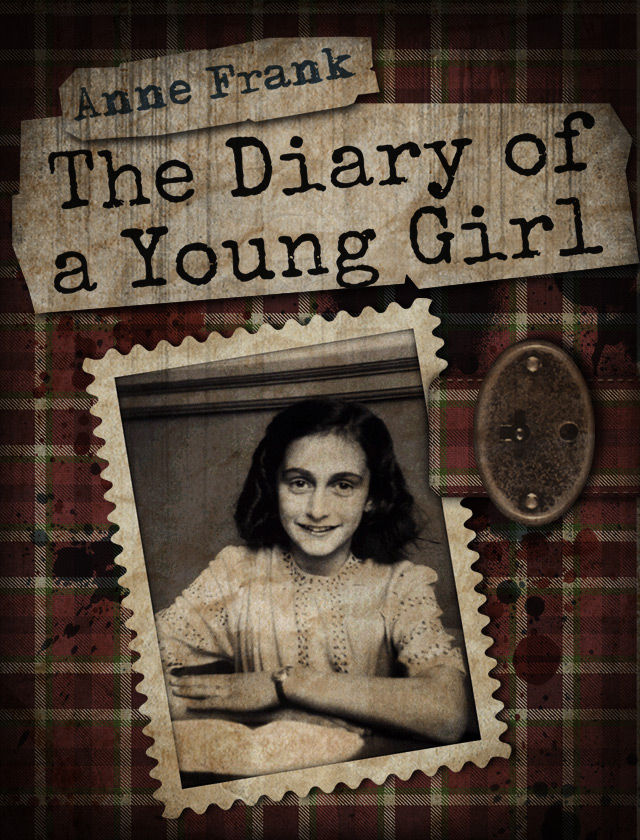The Diary Of A Young Girl
by Anne Frank
Anne Frank
When Anne Frank begins her diary at the age of thirteen, she is in many ways a typical young girl with typical joys and resentments. She sometimes speaks unkindly of others, particularly of other girls her age with whom she feels competitive. Anne is a self-confessed “chatterbox” and is also quite clever, as evidenced by the witty essays on being a chatterbox which she writes for her math teacher. A naturally vivacious girl, Anne is forced to rein in her energy in the cloistered atmosphere of the annex. Soon after going into hiding, she wonders what happened to “quicksilver Anne,” as this aspect of her personality is now difficult to express. Fortunately, Anne is able to confide in her diary, a valuable resource that allows her to maintain her natural sense of humor and optimism even in the face of terrible adversity. The diary also gives Anne a safe place to explore her own personality and her relationships to other people, and ultimately to reach a place of greater maturity. By the time Anne is fifteen, she has clearly gained greater wisdom and insight not only about herself, but about the world at large. She grows into a sensitive, compassionate person, as well as a graceful and inspired writer. It is partly because of Anne’s natural insight and gifts as a writer that her diary stands out as perhaps the most famous and enduring document of the Holocaust.
Sign up to continue reading Anne Frank >